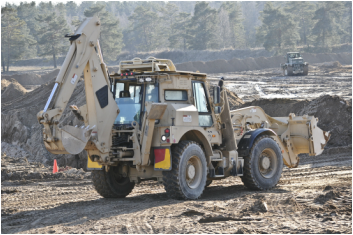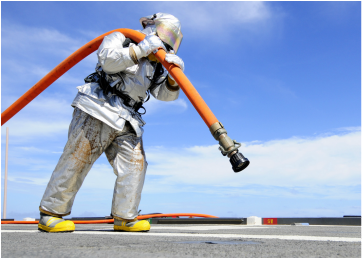
In order to know why digging construction ditches for cables is wrong, it's necessary to know the problems involved. In most states in the US, there are safety rules for digging and trenching related to construction.
There are three types of cable installation:
. Direct burial
. Aerial
. Conduit
Construction ditches are chiefly used as interceptors in geotech engineering to drain water to another location. Generally, construction ditches are dug in the ten foot right of way along streets and roadsides.
When they are located elsewhere, a petition by both the construction company and cable provider should be submitted for approval from the state and locality.
The potential problems that exist when construction ditches are used to lay cables are easy to see. These include:
. Incorrect location of ditches
. Improper testing of soil density and depth
. Injuries and death
Incorrect Location of Ditches
There are many incidences of the digging of constructions ditches in the wrong locations like near freeways and near to natural gas lines. Since digging requires the use of heavy duty excavation equipment, this increases the problem of digging too close to other underground lines and piping.
Improper Testing of Soil Density and Depth
Soil tests for soil density and depth are required to insure safety. Cave ins and soil collapsing is a major problem for construction ditches related to laying cables. Trench boxes are required under US OSHA regulations to be used during digging or excavation. More information on specific regulations can be found at the OSHA.gov site.
Injuries and Death
The major reason digging construction ditches for cables is wrong is the potential for injury and death, should a collapse or cave in occur. This applies to newly dug ditches damaged by storms and existing ditches that give way. The alternative is trenchless ditches for laying cable.
To avoid the dangers associated with digging cable trenches, check out the patented construction of Brahman Systems cable and hose protectors!

 RSS Feed
RSS Feed
